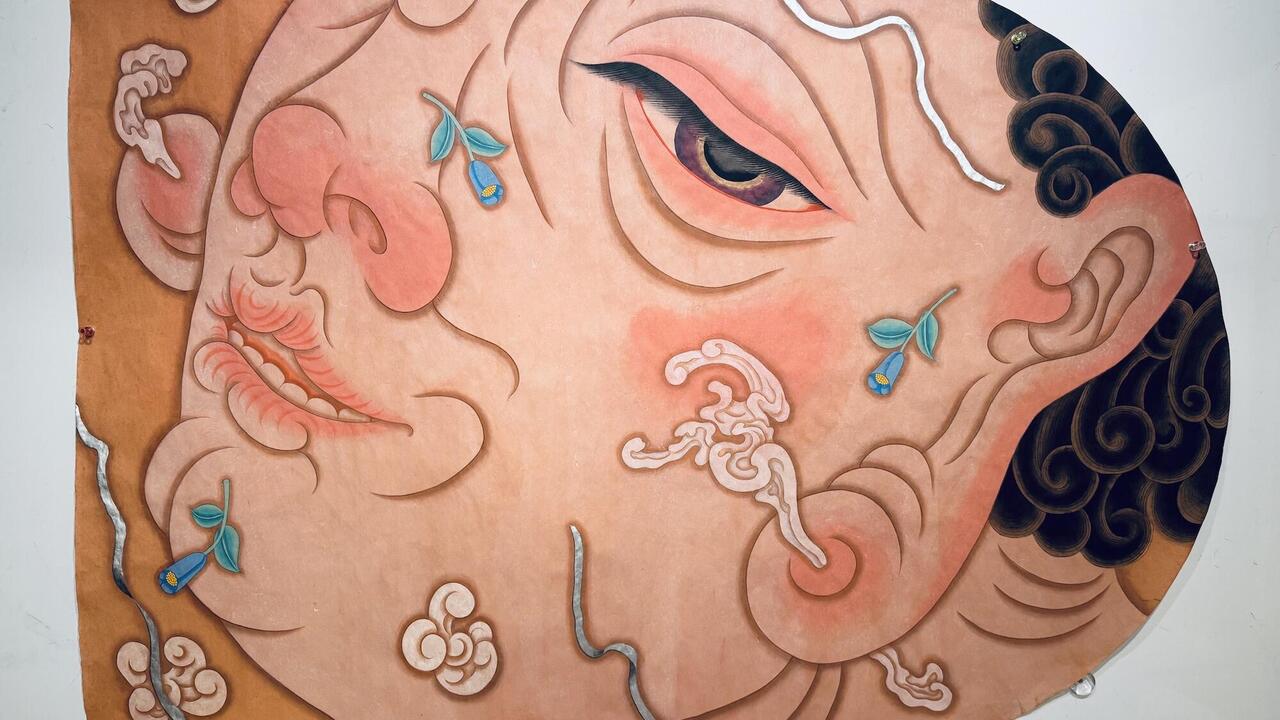Between Brno and Budapest
Galerie M29
Galerie M29

The artist Katarina Burin recently sent me a catalogue for a 1976 exhibition about the early Modernist Czech architect Petra Andrejova-Molnár and her contemporaries at London’s Architectural Association (AA). The publication typified 1970s graphic design while illustrating the oeuvre of Andrejova-Molnár (who later referred to herself as P.A.) and others, including the Hungarians József Fischer and Farkas Molnár and the Czechs Bohuslav Fuchs and Jaromír Krejcar. The catalogue essay by E.R. Alden summarizes their histories and how they embraced a flourishing movement between World War I and World War II. Had Burin found a surplus stock of catalogues – curiously well preserved – and decided to distribute them as a project?
It turned out that the catalogue had been freshly printed to accompany this exhibition, ‘loosely based’ on the AA show, at least according to the press release. Burin’s version was a beautifully, meticulously rendered display of handmade drawings, sketches, plans and blueprints by Andrejova-Molnár.
The artist also remade several of the late architect’s models, including the simple yet elegant art deco exterior Second project for storefront (2010–12), along with prominent buildings by Fischer and Krejcar. These models were shown against two enlarged photographs; one shows a group of men and a woman, presumably Andrejova-Molnár.

While the show was billed as a remake, all of the works date from the last two years and in fact come from Burin, who fabricated Andrejova-Molnár, her oeuvre and story. Everything attributed to P.A. was make-believe, from the AA catalogue to an interview that Burin must have scripted. The show offers a convincing portrait by the degree of detail brought to its realization; the artist even designed the architect’s early monograms as delicate compositions in graphite on tracing paper. Apart from the architects (Fischer, Molnár, Fuchs, Krejcar), the others involved – writers, designers and benefactors – are also constructs; Burin invented an entire cast to support her illusion. The artist fully mines the potential of embodying her character, effectively becoming the architect. Is this an art version of method acting?
Burin’s biography – she was born in Slovakia and grew up in Canada and the USA – may have influenced her interest in Eastern Europeans and émigrés. Beyond using the fictional as a formal device – a recognizable trend in recent art – her masquerade makes a valid point: there is a lack of women in early Modernist architecture. The artist has acknowledged this gender imbalance before by incorporating images of works by the designer-architect Eileen Gray into her own work. Whilst fascinated by formalist and stylistic architectural designs of this era, Burin finds in Andrejova-Molnár a figurehead for a bygone age and inserts her surrogate into this historical vacuum. Andrejova-Molnár is not only a study in characterization but also a missing role model.















